“… A Very [Confusing] Place to Start”
In recent weeks, reports of bullying behavior on the part of theatre dynamos have emerged. The attitudes and atmospheres cultivated by these individuals are pervasive; even productions like Hamilton, ostensibly diversity-affirming, have failed genuinely to support their cast members experiencing life in the margins. And although a number of my former colleagues and I all benefitted from our positionality as white, thin, and “conventionally” attractive—a set of criteria the industry has historically rewarded—the theatre industry managed, nonetheless, to hit us where we remained painfully vulnerable: our sense of failed masculinity.
Theatre has continually reinforced a narrow version of masculinity, one that is butch beyond its a priori whiteness and thinness. This messaging is toxic and, at times, has been lethal—a bitter betrayal of the individuals whose queerness built and has maintained the industry since its inception.
Masculinity policing is often at its most damaging in conservatory and training programs, where instructors feel it is their grotesque duty to toughen the skin of fledgling actors. And while it is an ethical impulse to accurately depict the competitiveness and harshness that await these hopefuls, a fine line exists between arming trainees against the confusing forces down the pike and outright abuse.
Charlie, a professional musical-theatre dancer, recalled a particularly jarring moment: “My senior year, my jazz [dance] teacher said [to me], ‘You dance like a girl.’ I was playing Angel [in Rent] and it was confusing, because when you’re twenty-one, you don’t know how to compartmentalize or moderate your faggotry.”
Daniel, a musical-theatre dancer, reiterated the confusing effects of instructors’ misled guidance, pointing out how, in these environments, “You don’t really know which part of your identity you’re being asked to silence unless you’re able to step outside yourself."
Masculinity policing is often at its most damaging in conservatory and training programs, where instructors feel it is their grotesque duty to toughen the skin of fledgling actors.
Category Is: Butch Queen Realness
Artistic visions are a piece of any creative docket, but queer individuals’ performance or embodiment of gender is not some aesthetic choice. It’s part of the spectrum of our lived human reality—a reality not meant to be scrubbed from the record. Various shows from throughout my years in the industry opted out of or campaigned against queer inclusivity.
There was a trend among director-choreographers of La Cage aux Folles in the early 2010s to cast the show with so-called “messy” drag queens—those whose muscles, hirsute limbs, and general (affected) clumsiness were meant to be shtick: a comic self-awareness of gender and the hyper-theatricalized “ridiculousness” of men in dresses and heels.
Charlie mentioned how this preference, among directors of La Cage as well as Kinky Boots, meant the jobs for which he had long waited were suddenly heartbreakingly off-limits: “They want a boy who looks like Adonis who they can dress up in drag and who is able to belt.”
Jim, an actor, seconded Charlie’s sentiment: “They wanted sexy, built, muscular men… ’Cause sex sells. The narrative is that feminine is not sexy.”


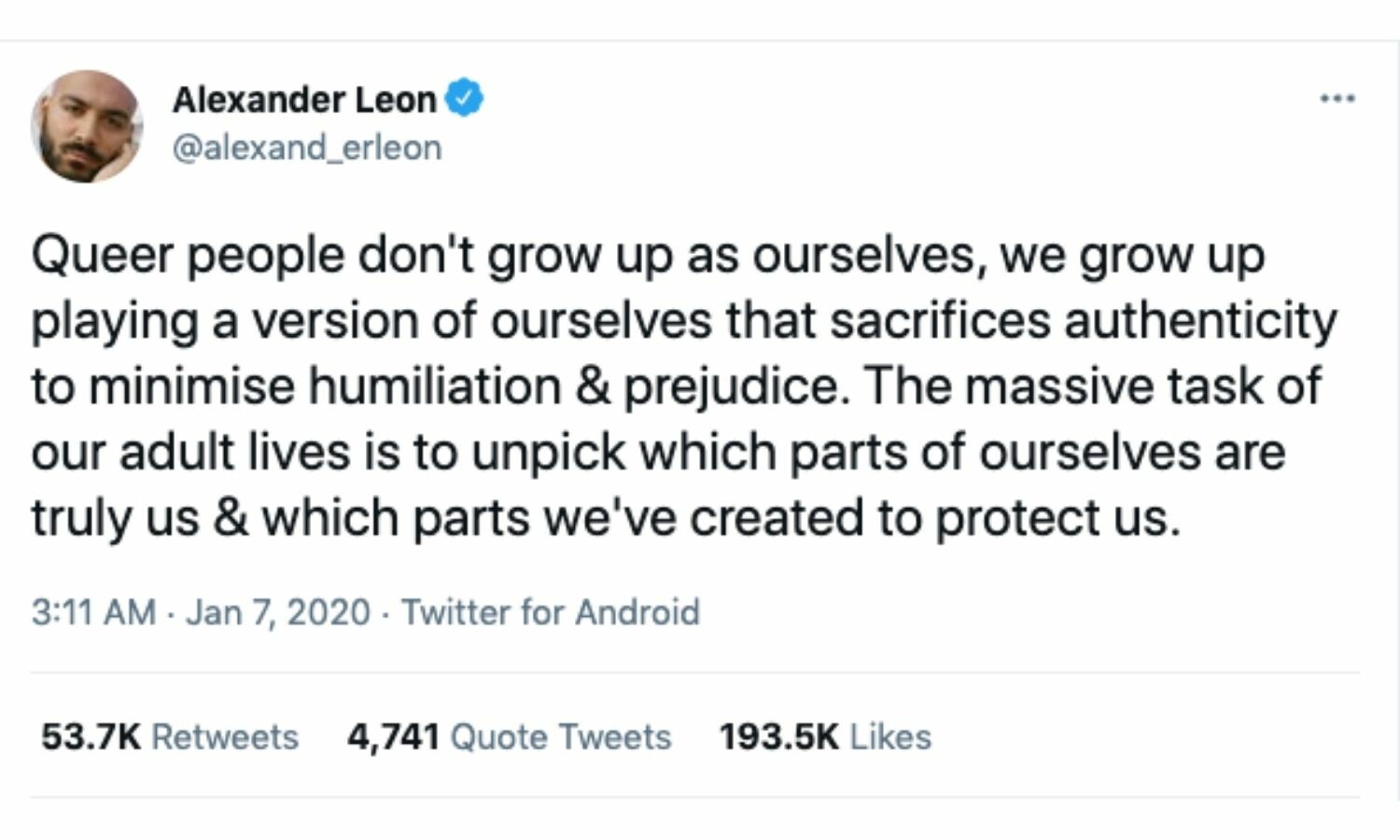
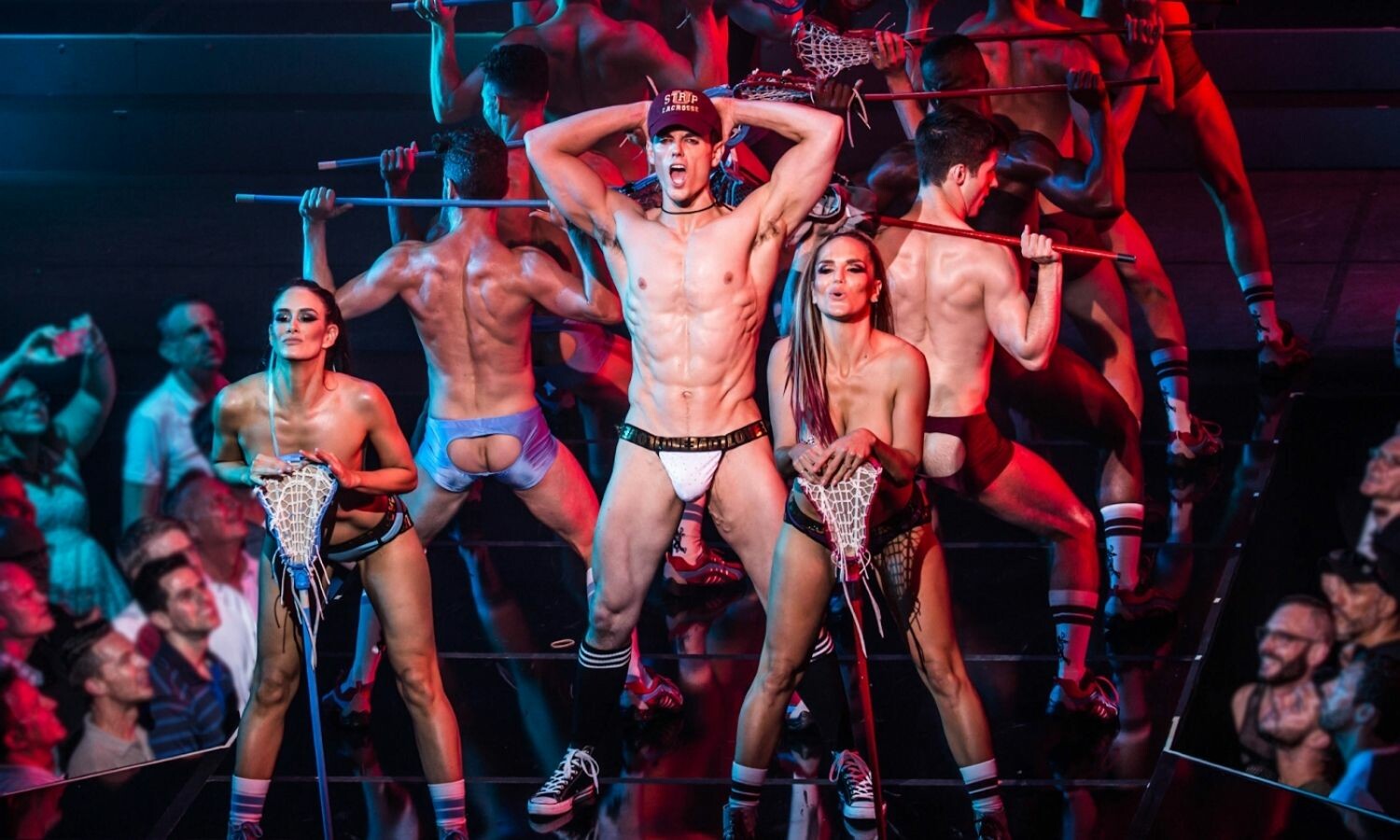
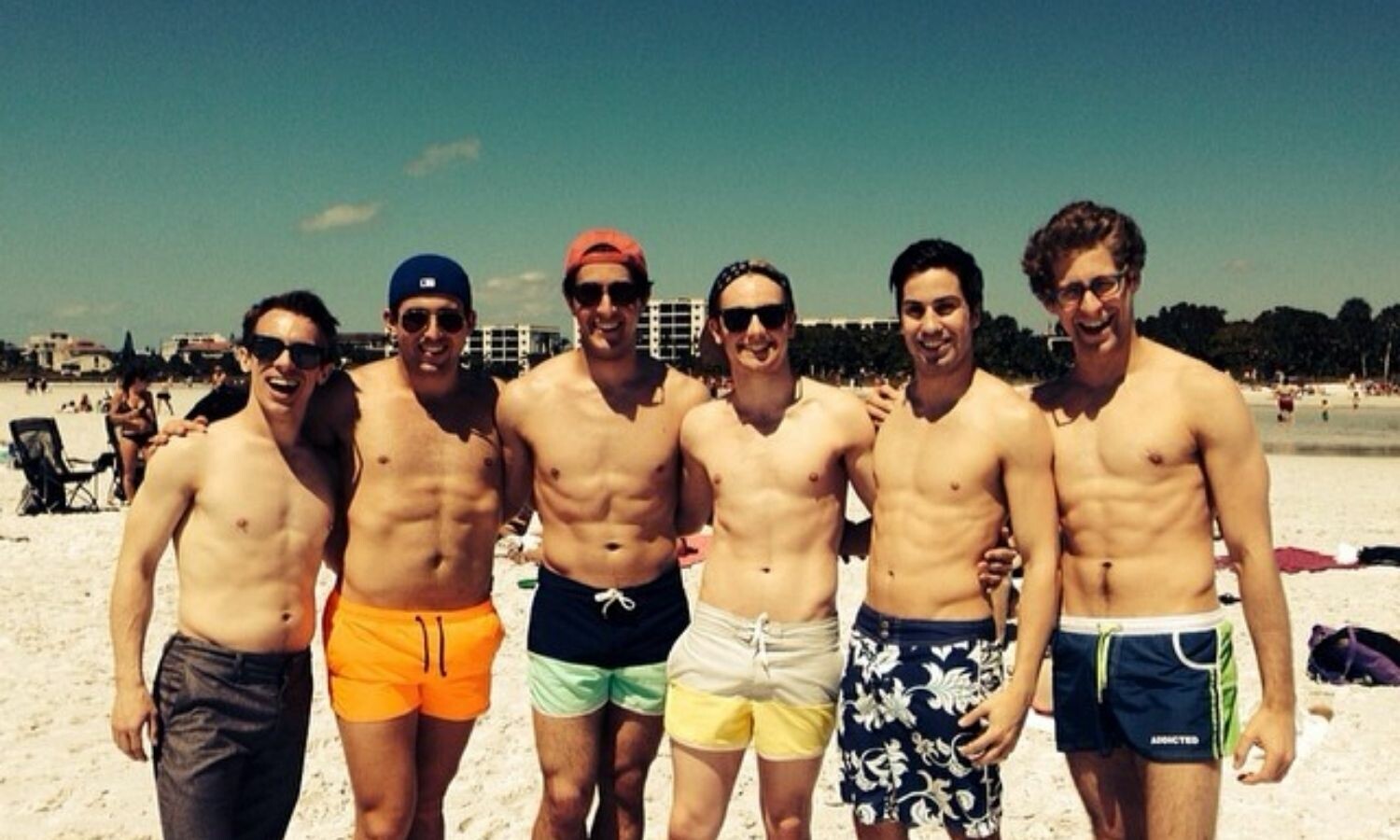
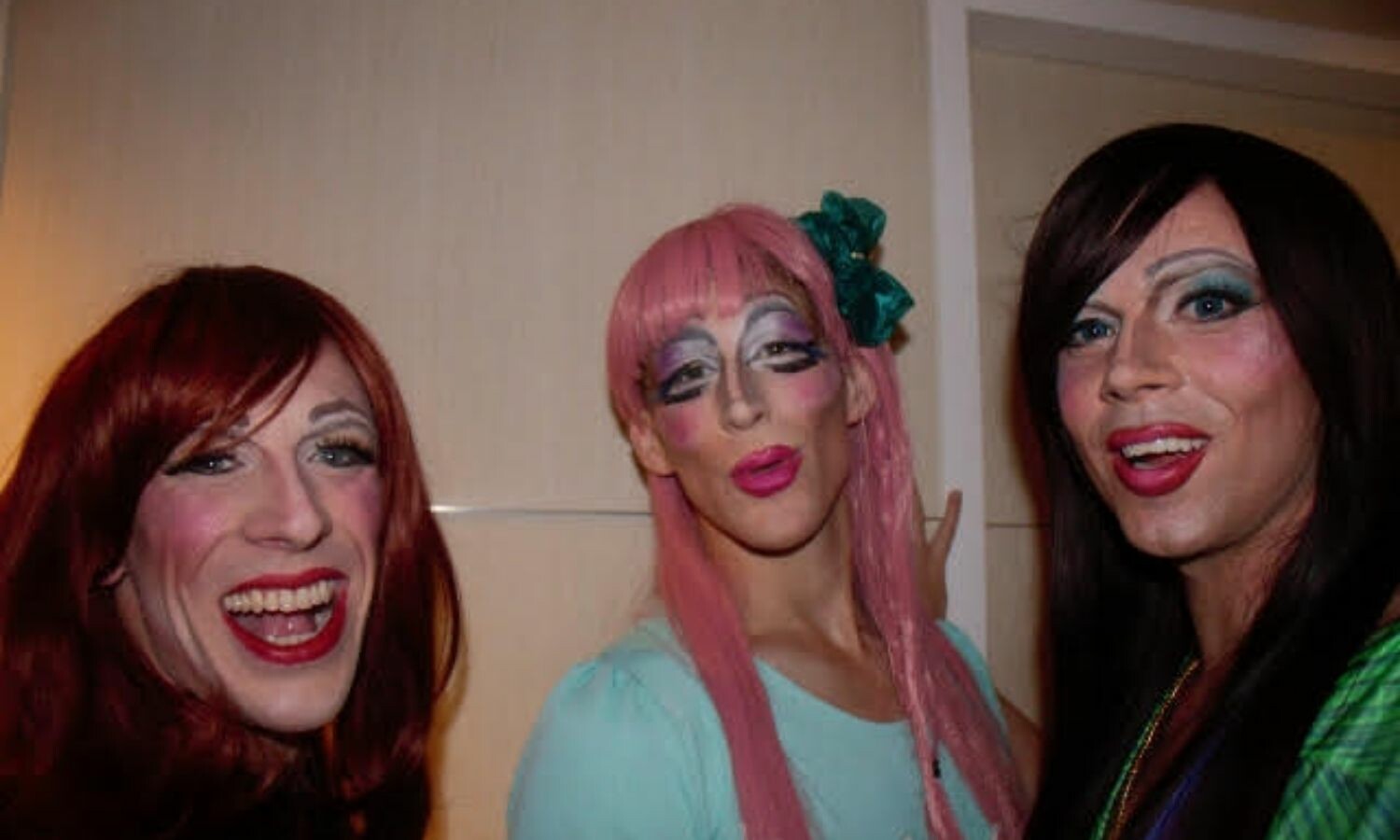
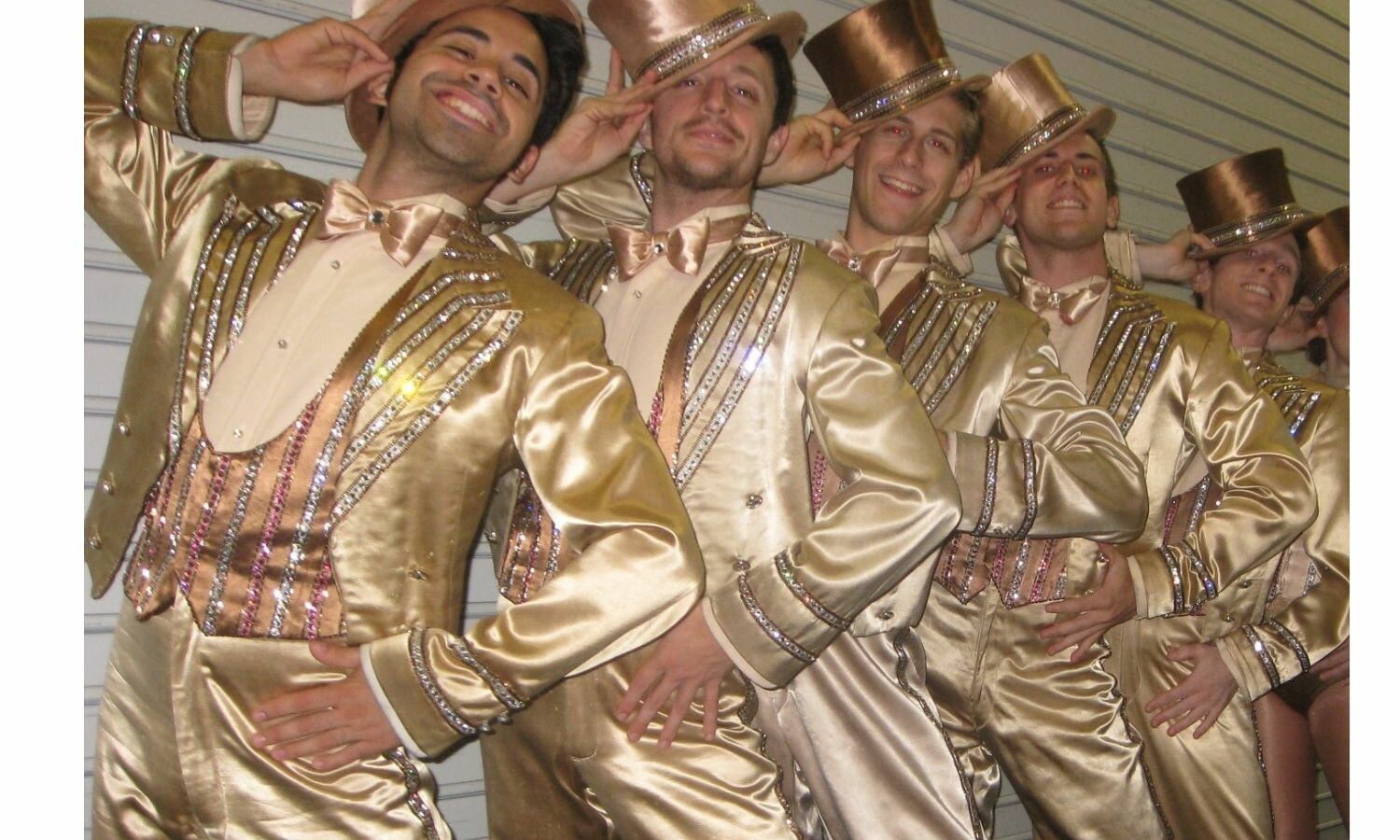










Comments
The article is just the start of the conversation—we want to know what you think about this subject, too! HowlRound is a space for knowledge-sharing, and we welcome spirited, thoughtful, and on-topic dialogue. Find our full comments policy here